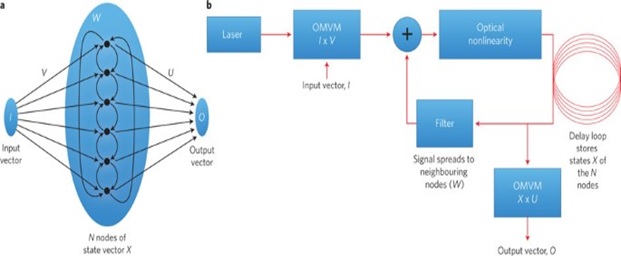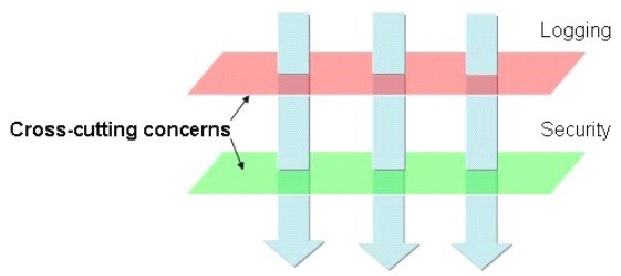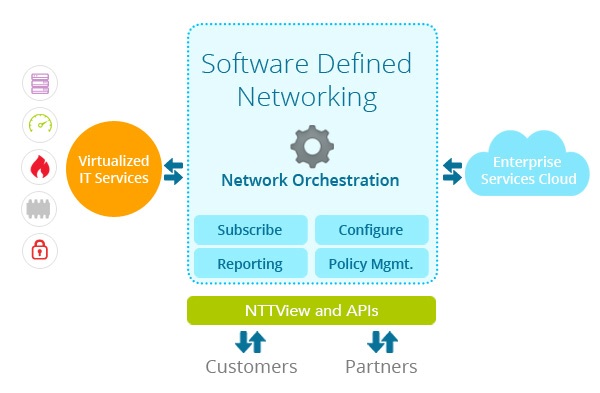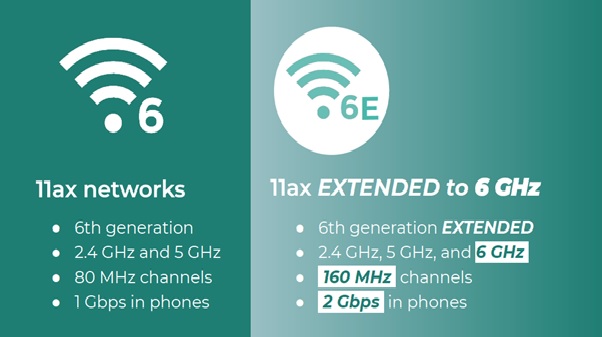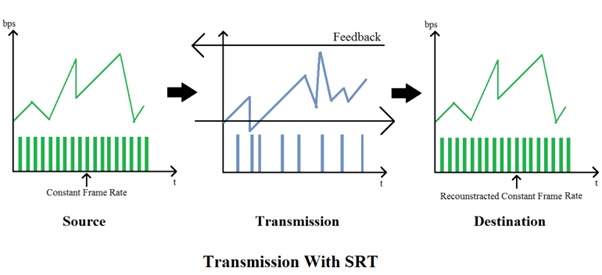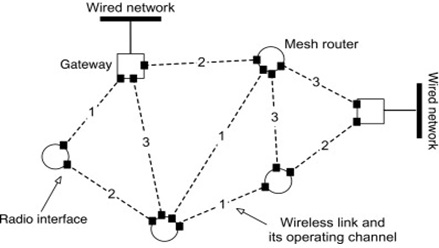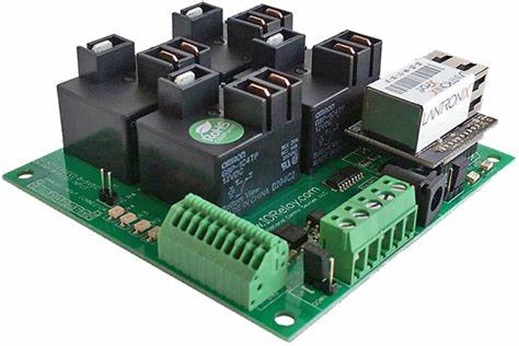Technologies of Wi-Fi 6e
Wi-Fi 6E means Wi-Fi 6 extended to the 6 GHz band. Wi-Fi 6E works with the same standard as Wi-Fi 6 but with an extended spectrum. 6 GHz is the new frequency band ranging from 5.925 GHz to 7.125 GHz, allowing up to 1,200 MHz of additional spectrum. Unlike the existing bands on which channels are currently crammed into the limited spectrum, 6 GHz band exists without overlap or interference. Access to the 6 GHz frequency brings more bandwidth, faster speeds, and lower latency, opening up resources for future innovations like in AR/VR, 8K streaming and more.[1]

Figure 1. Technologies of Wi-Fi 6e in 6 GHz
Figure 1 shows the Federal Communications Commission voted unanimously to open up the 6GHz band for unlicensed use. With that policy change, significantly more airwaves are open that routers can use to broadcast Wi-Fi signals—and that’s a big deal.
The opening of the 6GHz band is the biggest spectrum addition to Wi-Fi since 1989. The jump from 5GHz to 6GHz might not sound like much, but it essentially quadruples the amount of airwaves (14 additional 80MHz channels, and seven additional 160MHz channels) available for routers and smart devices. That means less signal interference.
Wi-Fi 6E Work:
Wi-Fi 6E provides all the features and capabilities of 802.11ax, but it does so by operating in the 6 GHz band. 802.11ax goes beyond boosting network speed and combines innovative technologies to improve overall network performance when connecting a large number of devices running high-bandwidth, low-latency applications.
Wi-Fi 6E networks will provide increased capacity by operating on the 6 GHz band with 14 additional 80 MHz channels and 7 additional 160 MHz channels, while leveraging these existing 802.11ax features:
- 8x8 uplink/downlink MU-MIMO, OFDMA, and BSS Color to provide up to four times more capacity to handle more devices.
- Target wake time (TWT) to improve network efficiency and device battery life, including that of IoT devices.
- 1024 quadrature amplitude modulation mode (1024-QAM) to increase throughput for emerging, bandwidth-intensive uses by transmitting more data in the same amount of spectrum.[2]
Benefits of Wi-Fi 6E:
The 6GHz band allows for internet speeds of greater than 1Gbps. Not only that, but the increased spectrum means lower latency (less than one millisecond) for online games, video calls, or virtual computing sessions in which you need instantaneous response to keyboard commands, voices, or mouse clicks. (See more about how we test wireless routers.)
Even with faster connectivity, you'll probably only notice the advantages of Wi-Fi 6E when it comes to home network capacity—which is to say, in the form of less spectrum congestion. Whole-home gigabit coverage and multi-gigabit Wi-Fi capacity means normal homeowners can finally have the kind of next-generation computing experiences we've only seen at venues like vendor demos or at trade shows. Imagine virtual reality gaming anywhere in your house, or participating in augmented reality business presentations, all without any bandwidth drop due to other family members streaming Netflix or neighbors watching YouTube. [3]
References:
- https://www.tp-link.com/us/wifi-6e/
- https://www.juniper.net/us/en/research-topics/what-is-wi-fi-6e.html
- https://in.pcmag.com/networking/140329/what-is-wi-fi-6e
Cite this article:
Thanusri swetha J (2021), Technologies of Wi-Fi 6e, AnaTechMaz, pp. 21



